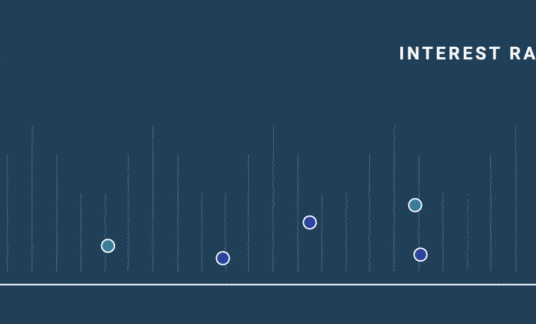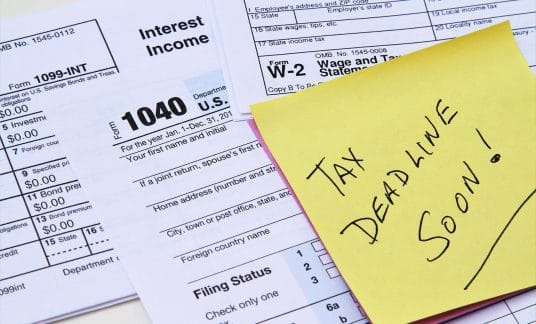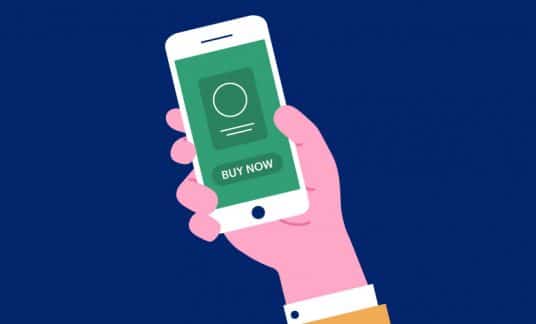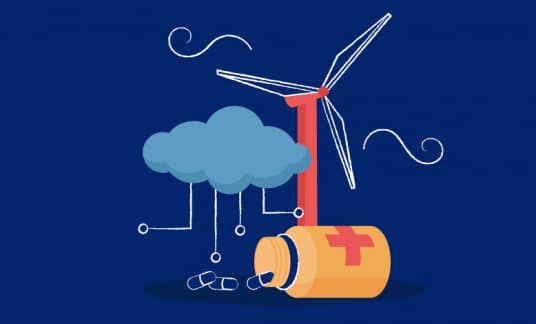Coming up with the funds you need to make essential purchases for your small business can be challenging. For entrepreneurs, this sometimes means relying on personal or business credit to access the capital needed to keep moving forward.
Revolving credit is one tool small business owners can use to get flexible funding they can access on an as-needed basis, and it’s a popular form of financing. Read on to find out more about what this type of credit means, see revolving account examples and compare closed installment loans to revolving credit lines.
What Is Revolving Credit?
A revolving credit account allows you to borrow up to your credit limit and pay back the borrowed money over time. Once you start paying off the funds, you can borrow from the credit line again.
For a revolving loan example, let’s say you used $25,000 of a $50,000 revolving credit limit then paid it off, you’d have $50,000 worth of credit to draw from again. This is different from most loans. With a conventional loan, you’re given the funding upfront, and then pay it back over time. If you want access to more funding in the future, you have to apply for a new loan.
Revolving credit examples include:
- Business credit cards
- Business lines of credit
- Personal credit cards
- Home equity lines of credit
- Personal lines of credit
- Department store revolving charge account
According to the Federal Reserve Banks’ Small Business Credit Survey, application rates among small firms were highest for SBA lines of credit and loans, specifically 44%, while business line of credit applications made up 30% of all loans. Home equity lines of credit had an application rate of 4%.
In contrast, non-revolving credit examples include:
- Non-revolving lines of credit
- Business term loans
- Student loans
- Mortgage loans
- Car loans
-
Business vs. Personal Credit Cards
A business credit card works similarly to a personal credit card. You have a credit limit and can use the card at the point of sale to make business purchases. Interest is only accrued on the credit you use, and you make repayments based on set rates.
The key difference between business and personal cards is that business credit cards typically come with perks and rewards that benefit your business, not just you as an individual. The limits on business credit cards also tend to be much higher than on personal credit cards. Rewards could include a sign-on bonus, redeemable points toward business expenses (such as travel), cashback, gift cards and more.
Advantages of Revolving Credit for Business
The key benefit business owners get from revolving credit is that they don’t have to keep applying for loans or additional lines of credit. Once you’re approved for a revolving credit account, it’s always there for as long as you have credit available and are in good standing.
Additional benefits include these:
- Separate personal and business lines of credit
- Build business credit
- Obtain more flexible payment terms
- Access cash on demand (in some arrangements)
- Use the line of credit when needed
- Make only minimum payments if cash flow is tight
- Keep financing costs down by paying off borrowed amount each month
When Is Revolving Credit a Good Option?
A revolving line of credit can help you plan for the future, providing working capital to make essential purchases and help your business expand. With this kind of financing, there are several options to choose from. Revolving credit is often a good option in some instances, such as the following:
- Hiring new employees in preparation for growth
- Stocking up on inventory
- Operating a seasonal business
- Covering upfront expenses for a new project
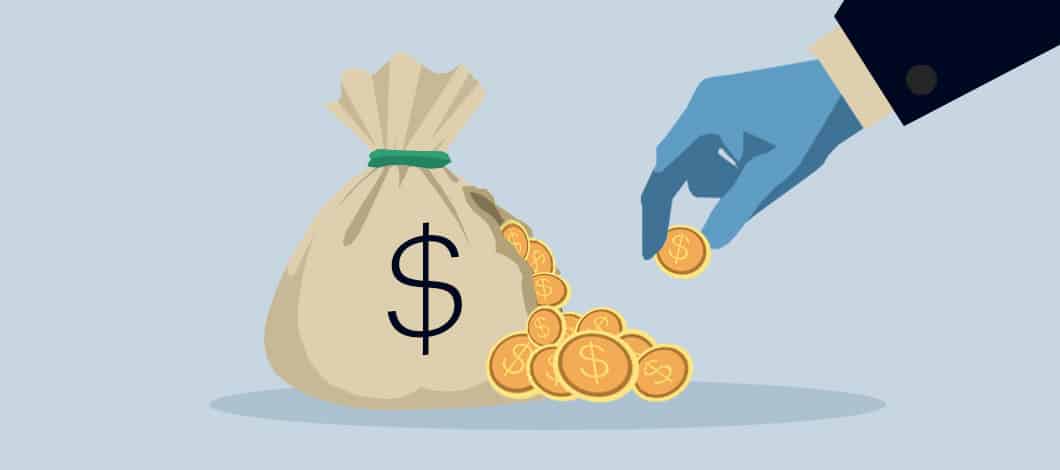
How to Compare Revolving Credit and Closed-End Credit
A revolving line of business credit can be seen as a type of revolving loan. However, it doesn’t work the same way as a traditional business loan, which is based on set installment payments and has a non-revolving balance. Instead, a line of credit gives you access to funds up to your credit limit, which you can repeatedly access as you pay down what you borrow.
Minimum Payments: With a revolving credit agreement, you only pay interest on the money you’ve drawn. Additionally, you only need to make the minimum payment, often a percentage of what you borrow, including interest, instead of a preset installment payment. This offers borrowers more flexibility than is available with installment loans.
One-Time Approval: What’s more, with revolving credit, you don’t need to reapply every time you need funds. Instead, you simply draw from your available funds balance as needed. This is in contrast to closed-end installment loans, for which you must apply each time you need additional funds.
Use of Funds: Closed-end credit options are also typically used for costly, long-term investments. Provided funds are available, revolving credit card debt and lines of credit can be used for that too. However, they’re often reserved for emergencies or smaller or recurring purchases.
Risk: Revolving credit account terms, which are often viewed as riskier loans, are typically less competitive than non-revolving accounts.
Secured vs. Unsecured Revolving Debt
There are 2 models for a revolving business line of credit: secured and unsecured.
A secured line of credit is backed by a cash deposit or collateral, which you must provide before receiving the line of credit. An unsecured line of credit has no collateral associated with it.
Related: How Much Collateral Do You Need for a Business
Unsecured Business Line of Credit
Standard revolving credit that is unsecured requires no collateral, nor does it require a down payment. It’s typically easier to get a business line of credit than over types of business credit, especially if your business has a strong credit history. The application process is more straightforward, too.
That said, this line of credit may come with higher interest rates and a maintenance fee.
Secured Business Line of Credit
In this arrangement, you must put up something of value as collateral to obtain the line of credit. This could be a business asset, real estate or a cash deposit. This serves as a guarantee to the lending institution. If you default on repayment, they can claim your collateral as payment instead.
A secured business line of credit usually has better terms because of the collateral involved, which poses less risk to lenders. This type of revolving credit may have lower interest rates, lower or no maintenance fees and more flexible repayment options.
Is a Revolving Credit Account Right for You?
If you regularly need access to credit for your small business, a revolving credit account may be just the thing. Whether it’s a business credit card or a line of credit — secured or unsecured — contact a financing specialist to learn about your options.



